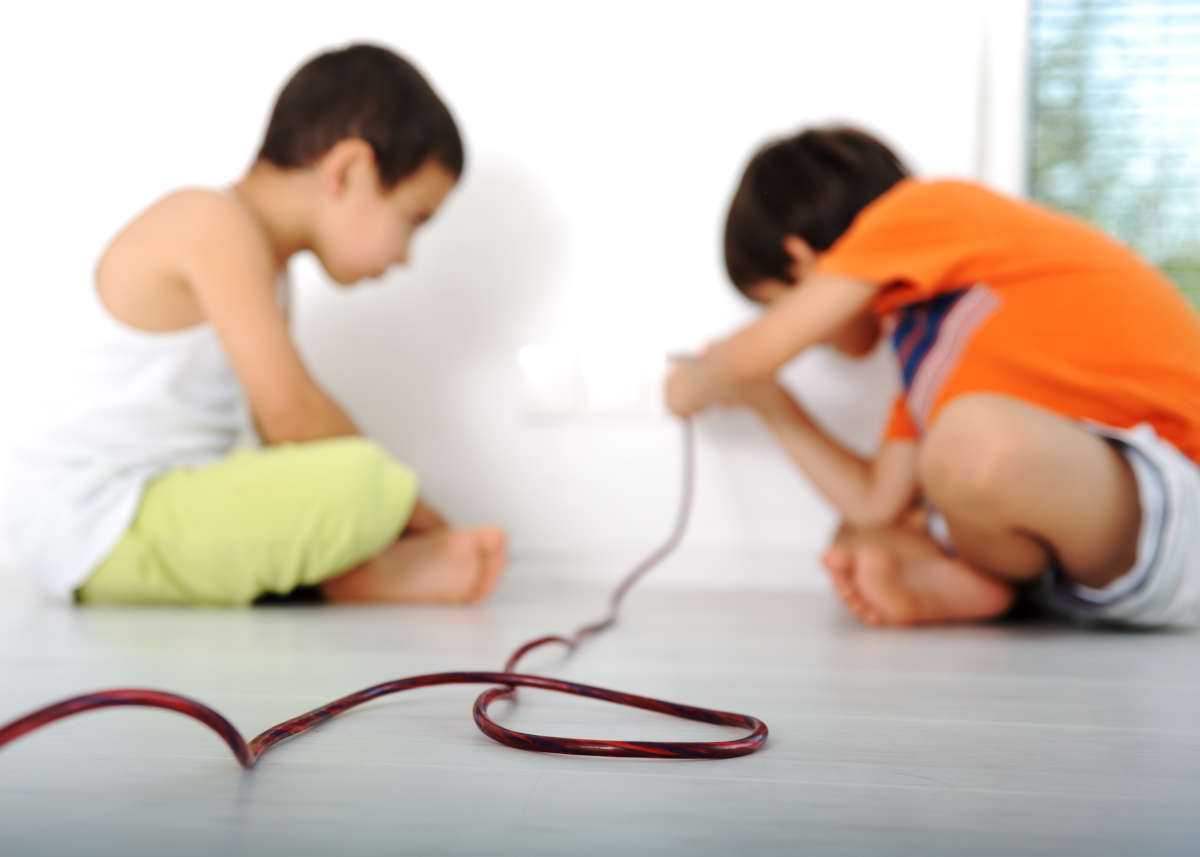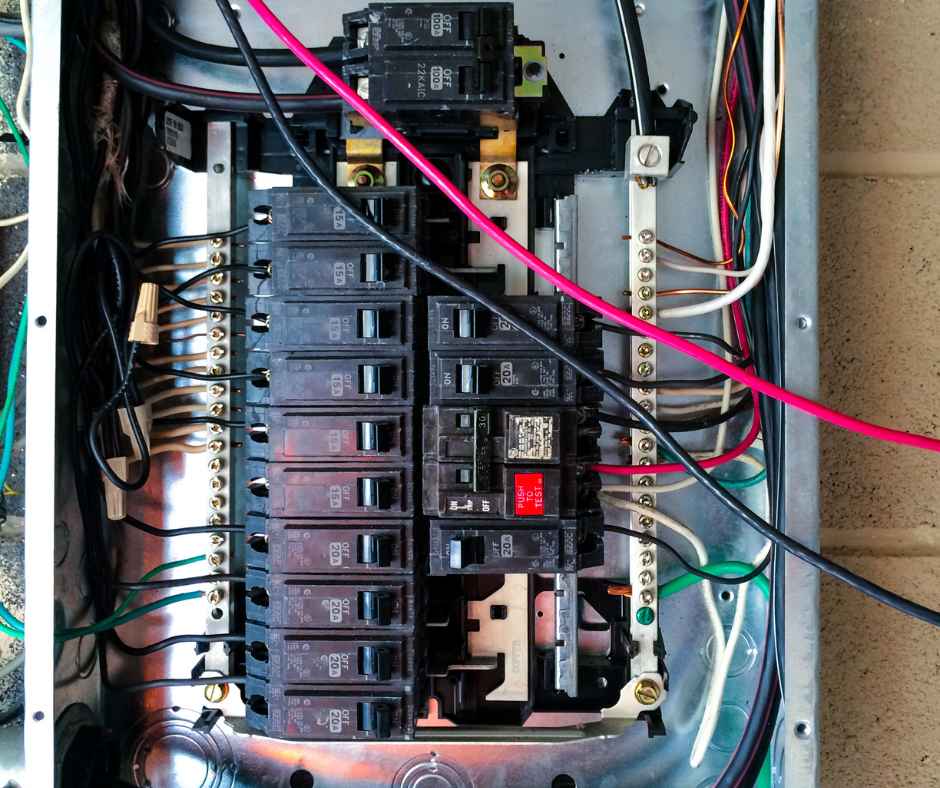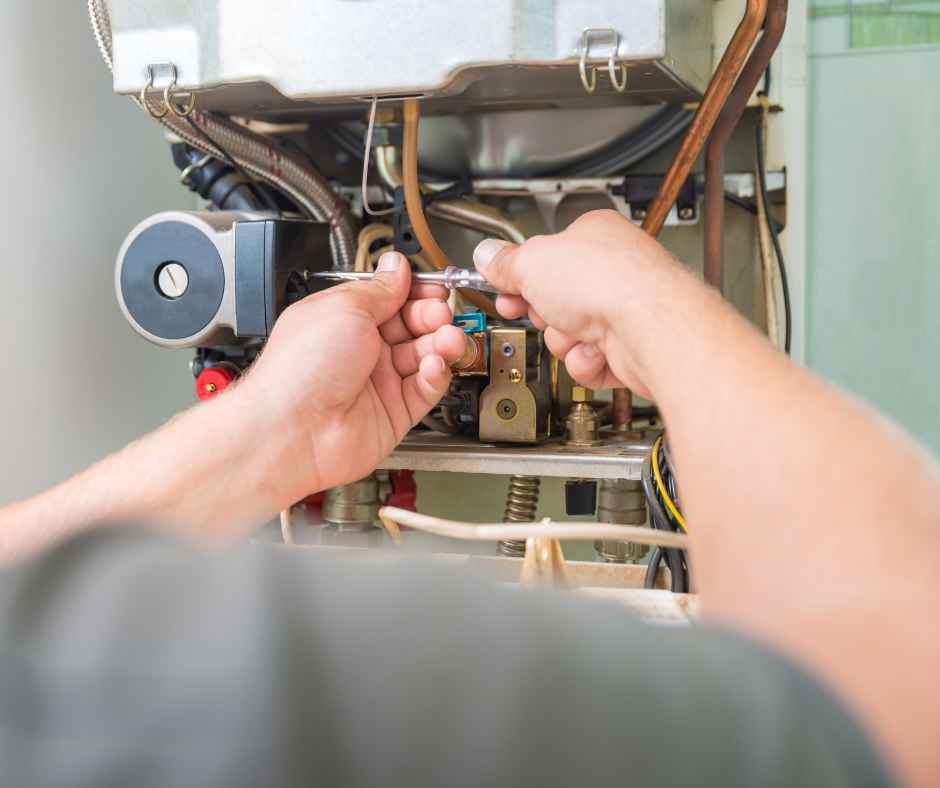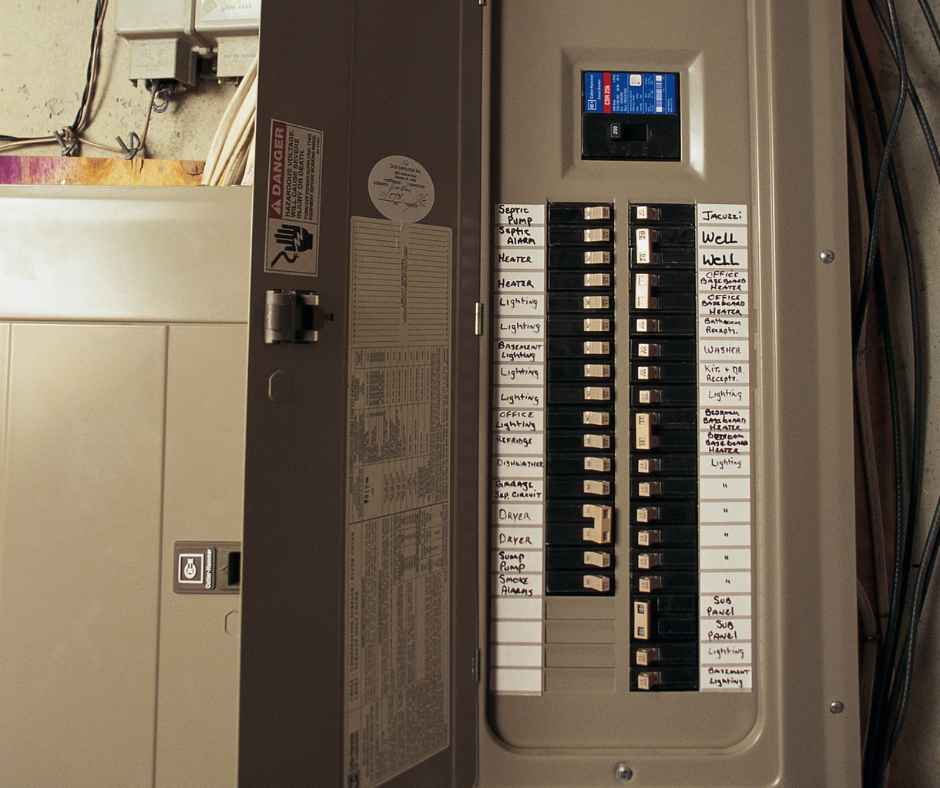Serving Colorado Springs & Surrounding Areas
How to Teach Your Kids about Electrical Safety

We all remember how exciting the world was as a kid. Everything was an adventure, whether it was hide-and-seek in the basement or riding bikes with our neighbors. Everything was within our grasp and we were invincible. For children, the difference between what is safe and what is dangerous is often hard to distinguish, especially when it comes to electrical safety. Often times, outlets look like fun spaces to put small things, electrical boxes are good hiding spots, and power boxes have fun switches. It is important to teach your kids about being safe around electricity, so here are some tips on how you can start talking about it with your family.
Start Early
When it comes to safety, the earlier the better. When your kids reach an age where communication is easy and they understand what you say, start talking about how to be safe. When you start an early conversation with your kids, they are more likely to retain that information overtime and be able to recognize a dangerous situation the more it is talked about.
Show Them Around
The more your child can associate the world around them with the words you say, the better it will stick in their minds. Take a tour around the house and point out the electrical outlet, switches, the power cords, the electrical panel, and talk about the safety precautions with each. For example, tell them about how it is not safe to put things in the electrical socket, or not to pull on the power cord.
You can also venture outside to talk about electrical boxes, the power lines, or outdoor outlets. By making electrical safety interactive, your kids will have fun while learning how to be safe.
Make the Information Interesting
The internet has so many valuable resources when it comes to fun safety lessons! Watch a Youtube video with your kids or find different activities online. Making lessons interesting could also be as easy as taking a mini fieldtrip around your house! Whatever your method, ensure that your kids know the dangers of electricity. Electricity is engaging and powerful, but should still be treated as the hazard that it can be.
Empower Your Kids to Stay Smart Around Electricity
Teaching your kids about electrical safety is one of the most important lessons you can share, and it doesn’t have to be boring. By starting early, showing them real-world examples, and making it fun, you’ll help your children build lifelong habits that keep them safe. If you’re unsure about the safety of your home’s electrical setup, don’t take any chances. Schedule an electrical safety inspection with WireNut Home Services.
Call us at (719) 227-1411 or contact us online to discuss electrical safety with our knowledgeable electricians. Let’s work together to keep your family safe and informed!




